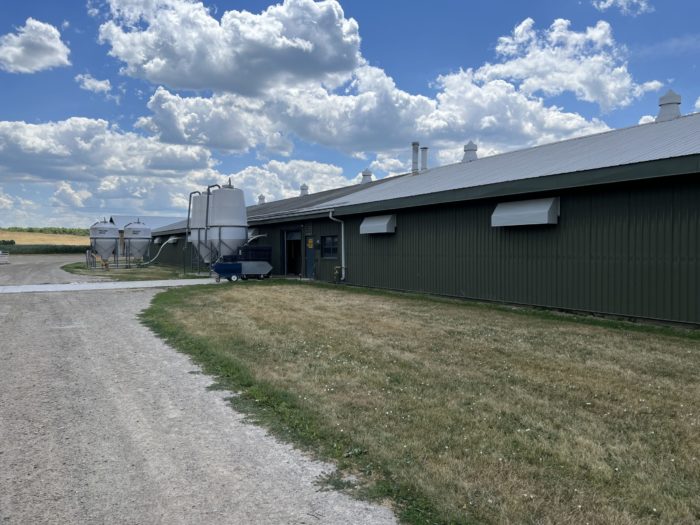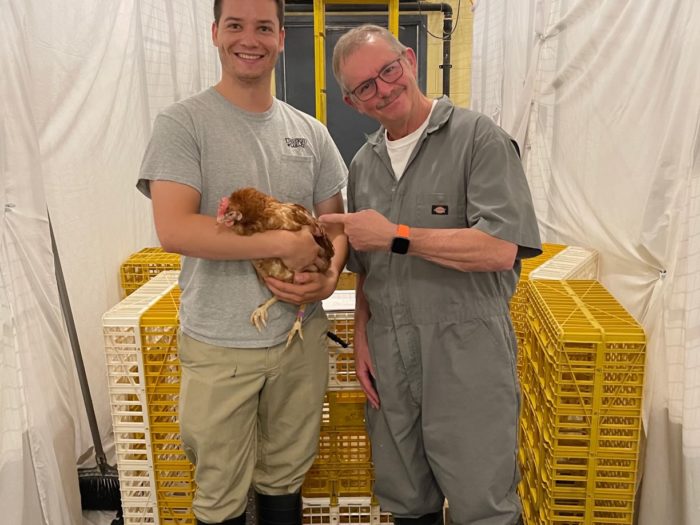The lab has been working with Dr. Alexandra Harlander at the University of Guelph for a few years in an effort to understand how keel bone damage (KBD) might impact energy costs in laying hens. This month was actually my first trip to Guelph to oversee a series of respirometry experiments organized by Jacob Brost, a Masters student in the Harlander lab.
This trip brought back multiple memories from my past. First, navigating Canadian customs with equipment is an adventure. I first learned this back in the days when I was working on garter snakes in Manitoba and had to spend an hour with customs explaining some small equipment items I was bringing home from the field for use in another project. It was no different this time around. I carried my small FoxBox (oxygen/CO2 analyzer) on the plane with me and was shuttled to three different customs officers who continually grilled me thinking I was coming to Canada to illegally work. Eventually I passed muster but it is not a fun experience. My second walk down memory lane was having to wear so much protective clothing when entering the buildings where the birds were housed. Reminded me of my days at UC Davis when everyone thought my hummingbirds were going to give all their turkeys and chickens deadly diseases.
During the week I was at Guelph we put the hens through their paces using mask respirometry to measure the cost of running and jumping, as well as resting metabolism. I will say that Jacob was very organized with all experiments scheduled such that we would easily get things done. This included time for things not to work as planned which was a good thing because we were delayed a day due to my luggage, which contained necessary equipment, was lost by the airline.
In the end we got everything done on time and even had time to celebrate!













